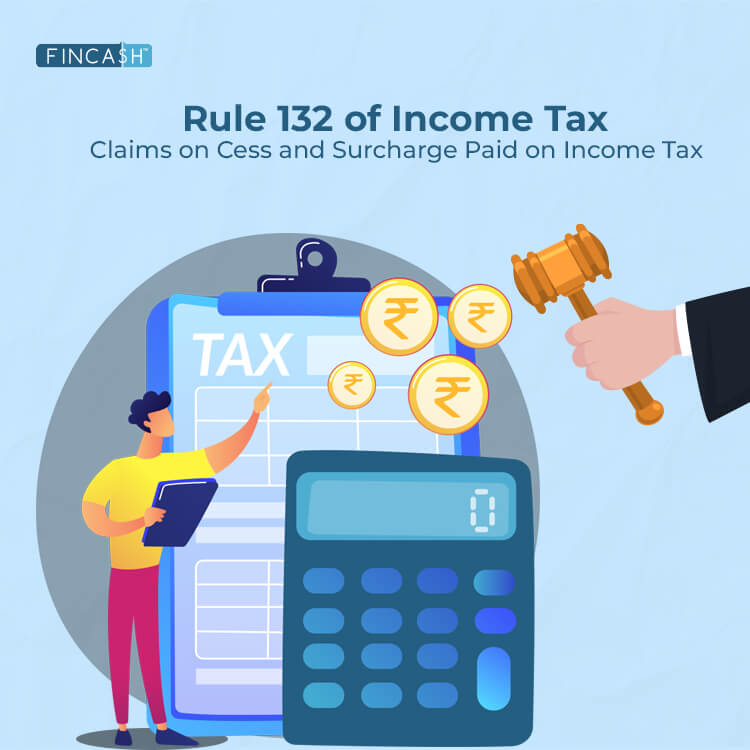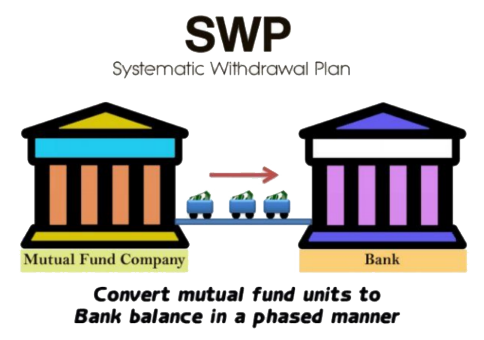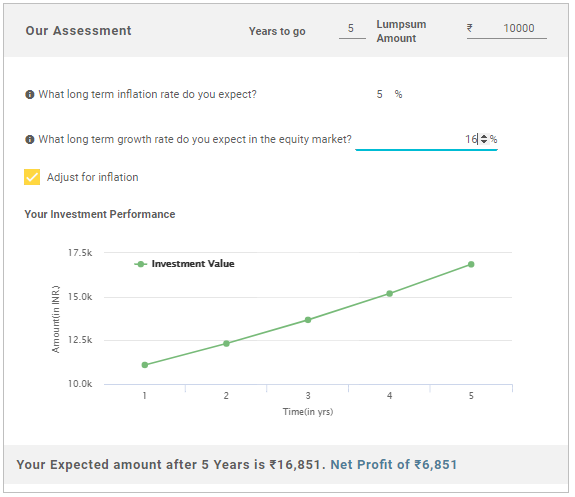Gratuity Act Rules, Eligibility, Formula & Calculation
Gratuity is one of the best thing to happen to the employees as it gives a reward of a lump sum amount as a greeting from the employer. Gratuity has a lot of benefits which an individual can gain after completing 5 years in a single company.

Get a detailed idea about Gratuity act, benefits, eligibility & calculate gratuity.
What is the Gratuity Act?
A gratuity is a sum of money which is paid by the employer to the employee for rendering service in the organisation. Gratuity is the part of the compensation when an individual completes a minimum of five years or more in the same company. It is governed by the Payment of Gratuity Act 1972.
Latest 2021: Payment of Gratuity Act 1972
The Ministry of Labor and Employment has formed new gratuity rules under the Four Labor Code (namely the Industrial Relations Code, Code on Occupational Safety, Health and Working Conditions Code, Social Security Code and Code on Wages), which is to be implemented from April 1, 2021. After the new wage code, some employees may see restructure in their salaries as companies are required to pay 50% of the salary as basic wage. In case, this is not there, the employers have to restructure the salary to comply with the new rules under the Four Labor Code.
As the gratuity calculation is based on basic pay, an increase in basic pay will also result in higher gratuity, which is paid to the employees working in a company for more than five years. This gives more benefits of retirement than before. However, the formula for calculating the gratuity remains the same as the one provided for under the Payment of Gratuity Act, 1972.
For gratuity, the company has to pay an amount equalling 15 days of last-drawn salary. The salary here is considered basic wages plus dearness allowance. Furthermore, if an employee is working for over six months in the last service of the year, it will be considered as a complete year for gratuity calculation. For example, if a staff completes six years and six months of continuous service, gratuity paid will be for the seventh year.
Talk to our investment specialist
Gratuity Eligibility
For the gratuity eligibility, you need to fit the following eligibility criteria:
- An employee should be eligible for superannuation
- An employee should retire from the job
- An employee should have resigned the company after 5 years of completion with a single employer
- In case of death or disability due to illness or accident
Gratuity Formula
Gratuity’s calculation mainly depends on two factors:
- Basic salary of the employee
- Years of service of the employee
In India, gratuity is calculated on the Basis of-
last drawn salary X 15/26 X No. of years of service
How to Calculate Gratuity?
For instance, you worked in an ABC company for 15 years and your last drawn basic salary + dearness allowance was Rs. 30,000. So, the gratuity will be calculated as 30000 X15 /26 X 15= Rs. 2,59,615.
Here are some important points of gratuity formula-
The Gratuity calculation ratio is of 15/26 represents 15 days out of 26 working days in a month. An average of 30 days in a month, excluding 4 holidays is considered for calculation.
Last Drawn Salary= Basic Salary + Dearness Allowance ( gross or net salary is considered)
If the employee has a total service of 15 years and 10 months, then you will receive a gratuity for 16 years
If an employee has a total service of 15 years and 4 months, then you will receive a gratuity for 15 years.
Tax on Gratuity
Tax on gratuity is liable when the Income exceeds from Rs. 20 lakh. But for the government employees and central government employees, the gratuity amount is fully exempt from tax.
Apart from the government employees, there is a tax on gratuity. As mentioned above, the gratuity is calculated on the basis of basic salary. For instance, Paresh has been in employment for 25 years and 3 months. The average salary of Paresh for the last 10 months is Rs. 90,000. The actual gratuity received by him is Rs. 11 lakh.
| Particulars | Amount (Rs.) |
|---|---|
| Average of last 10-month salary | 90,000 |
| Number of years of employment | 25 (will be rounded-off) |
| Gratuity | 90,000 X 25 X 15/26 = 11,25,000 |
| Maximum exemption allowed | 10 lakh |
| Gratuity actually received | 11,25,000 |
| Amount of exemption | 11,25,000 |
| Taxable Gratuity | Zero |
Calculation of Gratuity in Case of Death
The gratuity benefits are calculated on the basis of the tenure served by an employee.
The amount is, however, subject to a maximum of Rs. 20 lakh. The following table showcases the rates of the gratuity will be payable in case of death of an employee.
| Tenure of Service | The amount payable for gratuity |
|---|---|
| Less than a year | 2 X basic salary |
| 1 year or more than less than 5 years | 6 X basic salary |
| 5 years or more but less than 11 years | 12 X basic salary |
| 11 years or more but less than 20 years | 20 X basic salary |
| 20 years or more | Half of the basic salary for each completed six-monthly period. However, it is subject to a maximum of 33 times the basic salary |
Conclusion
Gratuity helps you when you retire or complete minimum years in a company. There are many benefits of gratuity, which will balance your life after the age of 60.
All efforts have been made to ensure the information provided here is accurate. However, no guarantees are made regarding correctness of data. Please verify with scheme information document before making any investment.
You Might Also Like











